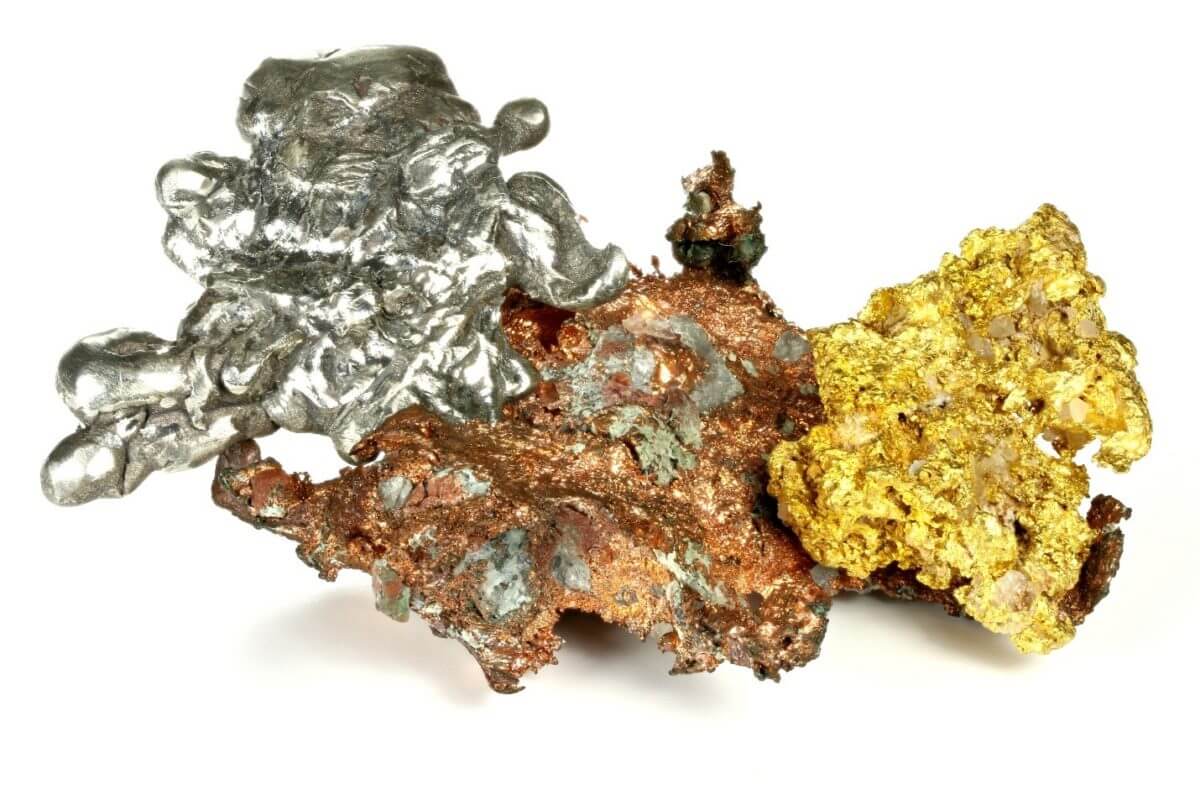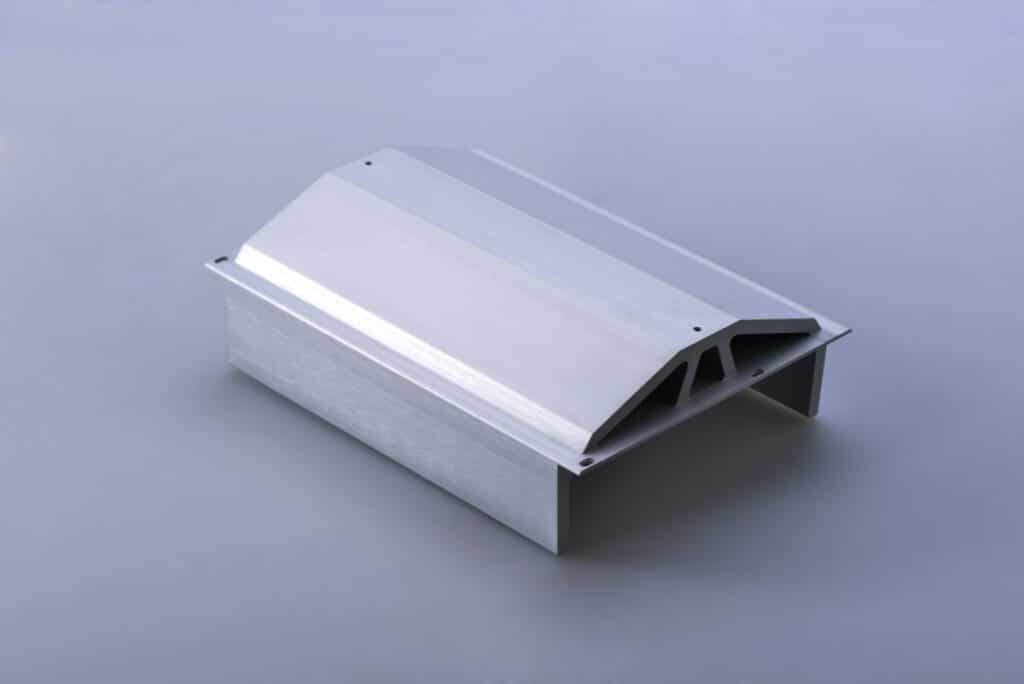
Metal Trading Market: Summary of Current Development
Metal trading plays a significant role in the recent trends of base metals prices, especially London Copper, Aluminum, Tin, Zinc, Lead, and Nickel, closely monitored by market analysts and platforms like Bloomberg Commodities. These metals are crucial in various industries, serving as key components in construction, electronics, automotive, and more. Metal prices per kg reflect the ongoing dynamics of the commodity market, with factors such as supply and demand, geopolitical events, and economic indicators impacting the market. Despite short-term dips, these metals exhibit resilience and offer promising prospects driven by infrastructure projects, sustainable practices, and the global shift towards renewable energy and electric vehicles.
London Copper
London Copper, a benchmark for the base metal industry, has slightly declined in recent trading sessions. The three-month copper on the London Metal Exchange (LME) experienced a modest decrease of 0.2%, settling at $8,549 per metric ton. Simultaneously, the most-traded July copper contract on the Shanghai Futures Exchange rose by 0.2% to 68,540 yuan ($9,591.25) per ton. These fluctuations indicate the ongoing dynamics of the copper market and affect metal prices per kg.
Copper, often referred to as “Doctor Copper” due to its ability to diagnose the global economy’s health, is a key component in various industries such as construction, electronics, and automotive. The recent dollar index strengthening has made copper, denominated in dollars, relatively less attractive for non-dollar holders. Nevertheless, its demand remains robust, driven by infrastructure projects and the global shift toward renewable energy sources.
Metal Trading: Aluminum
Moving on to aluminum, this versatile metal has experienced a marginal decline in its price. LME aluminum recorded a 0.5% decrease, settling at $2,259 per ton. Aluminum is widely utilized across diverse sectors, including aerospace, transportation, and packaging, affecting metal prices per kg and involving metals trading and precious metals trading. Its lightweight properties, corrosion resistance, and recyclability make it a popular choice for manufacturers worldwide.
Supply chain disruptions and the fluctuating global demand for aluminum products may influence the recent market dip. However, the long-term outlook for aluminum remains promising, particularly with the growing emphasis on sustainable practices and the increasing adoption of electric vehicles.

Metal Trading: Tin
Lastly, let’s explore the world of tin, an essential metal with many applications. Tin, known for its low toxicity and excellent soldering properties, is used extensively in electronics, coatings, and packaging. However, its price has slightly declined, dropping by 0.8% to $26,740 per ton, impacting metal prices per kg and metals trading.
While the current market movement may indicate a temporary setback, the demand for tin remains sturdy. The electronics industry, in particular, continues to drive consumption due to the proliferation of smartphones, tablets, and other electronic devices. The global push for sustainable packaging solutions also contributes to the steady demand for tin cans and containers.
Zinc: Steady Performance Amidst Market Fluctuations
Zinc, an indispensable metal in the production of galvanized steel, experienced a slight decline of 0.3% recently, settling at $2,471. Despite this minor slip, zinc has displayed remarkable resilience in market fluctuations. This affects metal prices per kg and involves precious metals trading. The metal’s versatility and anti-corrosive properties have cemented its position as an integral component in infrastructure projects, automobile manufacturing, and even consumer goods. With increased demand anticipated in emerging economies, zinc’s long-term prospects remain promising.
Lead: Weathering the Storms of Volatility
Often overshadowed by its more prominent counterparts, lead exhibited a minor trim of 0.7%, bringing its price to $2,126. Despite this decline, lead has been resiliently navigating the storms of volatility. This malleable and corrosion-resistant metal has many applications, such as batteries, construction, and ammunition. Additionally, lead’s ability to absorb vibration and sound makes it an invaluable component in the automotive industry.
Nickel: A Dip in Price, Opportunities on the Horizon
Nickel, an essential component in stainless steel production, experienced a notable fall of 2.1%, reaching $22,555. This decline may raise concerns but presents unique opportunities for investors and industrial players. Nickel’s exceptional resistance to corrosion, high tensile strength, and heat resistance make it indispensable in various sectors. This includes aerospace, electronics, and battery manufacturing. As the world moves towards sustainable energy solutions, nickel’s significance in lithium-ion batteries for electric vehicles and renewable energy storage systems is set to increase significantly.
In conclusion, the recent trends in the metal trading and base metal market demonstrate the intricacies of the global economy and the various factors influencing metal prices. While copper and aluminum experienced slight declines, their long-term prospects remain promising due to infrastructure projects, renewable energy initiatives, sustainable practices, and the adoption of electric vehicles. Tin’s setback is overshadowed by its steady demand from the electronics and packaging sectors. Zinc’s resilience and lead’s fundamental demand in multiple industries instill confidence in their prospects.




